Pedal. Step. Roll.
Reimagining mobility through
active & accessible transportation choices
✓ Advocate for transportation choices
✓ Support active infrastructure investments
✓ Improve community health & safety
Who Owns the Roads? NEW
Whether you’re a cyclist, a pedestrian, or a driver, roads are important for all of us. We’re here to decode road ownership in Greenville County so you can better understand road-related policies and effectively submit maintenance requests.
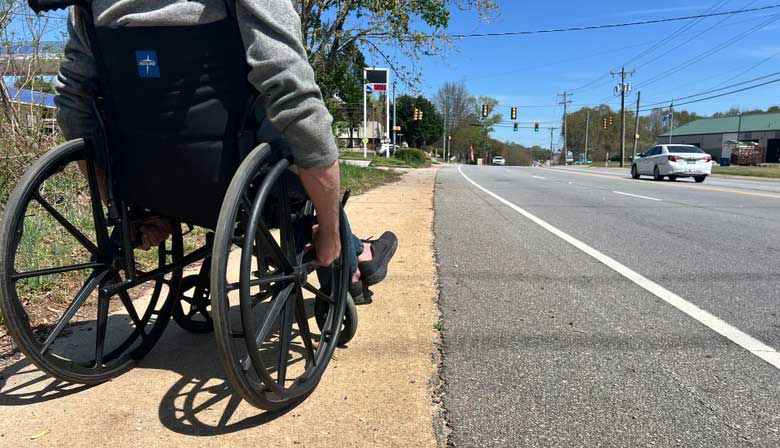
You shouldn’t have to drive a car to access Greenville County
Does your commute lack...
- access to reliable and safe transportation infrastructure?
- easy access for walkers, wheelchair users, and bike riders?
- support for a healthier and safer community?
Advocating for safe, equitable and accessible active transportation choices in Greenville County, South Carolina.
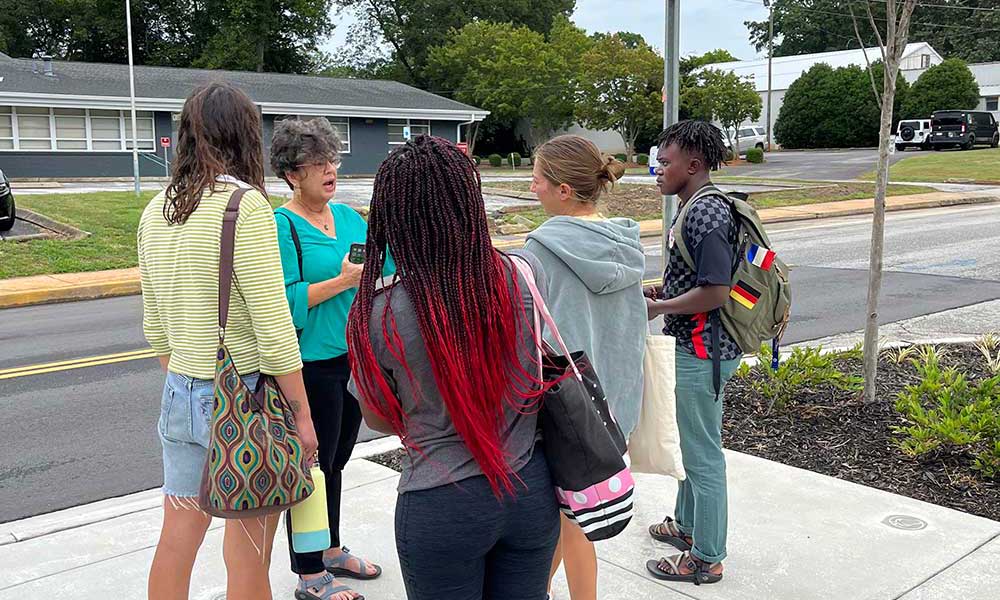
Initiate Programming
We act to improve safety measures and quality of life for all members of our community by advocating for investments in active transportation infrastructure.
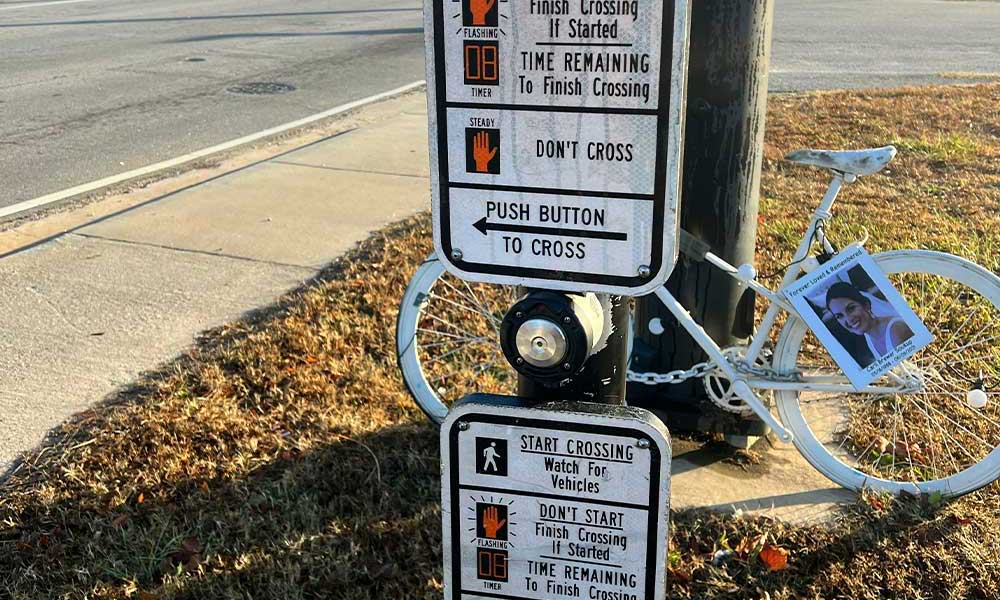
Liason for Stakeholders
We educate our local government and the public about how to make community more accessible. We also work as the liaison between stakeholders/government agencies.
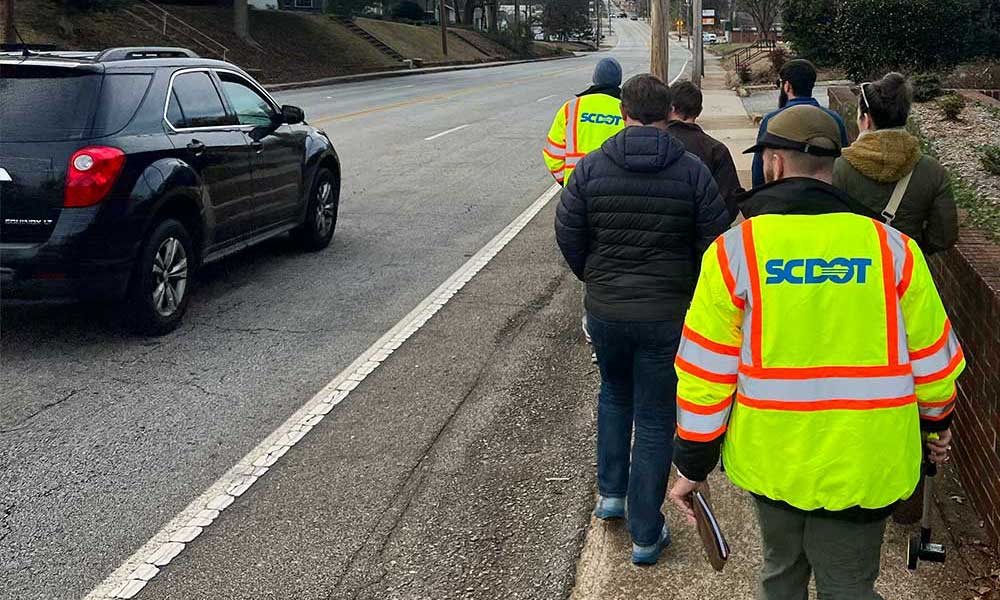
Improve Communities
Data and research are at the forefront of our work. Safe streets research and design studies guide our support for community health and safety projects.
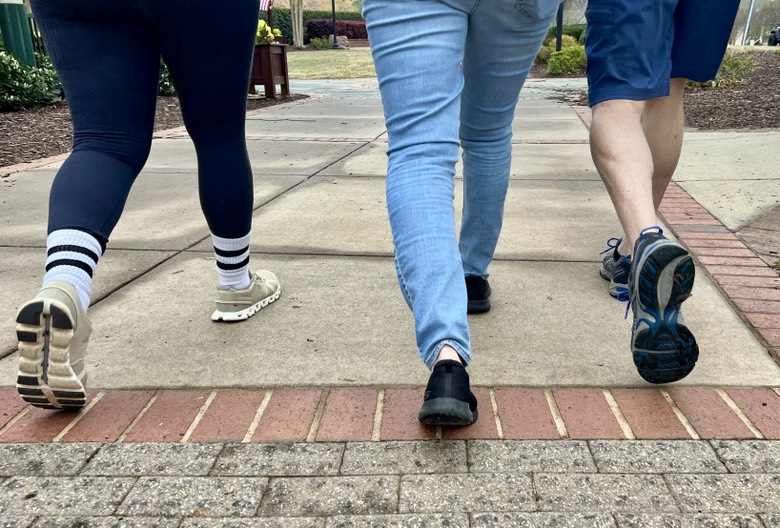
Transforming Greenville: connecting communities through biking, walking, and rolling
We work on behalf of the citizens of Greenville County, SC ensuring their needs are met in the planning and development of transportation choices
How we work
By acting as a liaison between various stakeholders— such as government agencies, organizations, and the Upstate Greenville County community—we help to ensure that individual transportation initiatives are thoughtfully implemented and meet the diverse needs of our population.
Through educational campaigns, policy advocacy, and collaboration with local entities, we make sure that accessibility is not just a set of standards, but a reality for everyone—regardless of age, ability, or economic situation.
Learn About Our Projects
From SCDOT Road Safety Audits, data analysis of Dangerous By Design roadways, and wayfinding projects, we provide resources and learning opportunities regarding local active transportation choices.
Get Involved
Fill out our volunteer form to get plugged in and support to the work we are doing for active transportation in Greenville County.
Be Empowered
Together, we can create a healthier, safer and more connected Greenville community – one step at a time.
